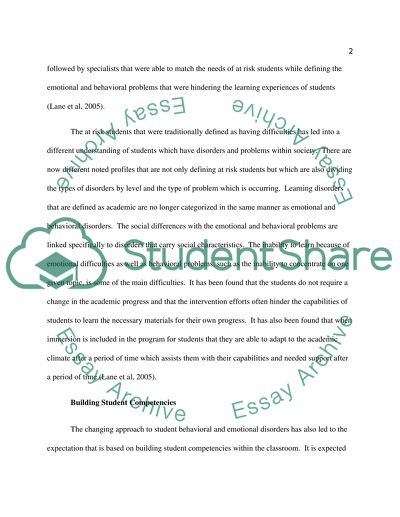Cite this document
(“Emotional and behavioral disorders Research Paper”, n.d.)
Retrieved from https://studentshare.org/psychology/1394644-emotional-behavioral-disorders
Retrieved from https://studentshare.org/psychology/1394644-emotional-behavioral-disorders
(Emotional and Behavioral Disorders Research Paper)
https://studentshare.org/psychology/1394644-emotional-behavioral-disorders.
https://studentshare.org/psychology/1394644-emotional-behavioral-disorders.
“Emotional and Behavioral Disorders Research Paper”, n.d. https://studentshare.org/psychology/1394644-emotional-behavioral-disorders.


